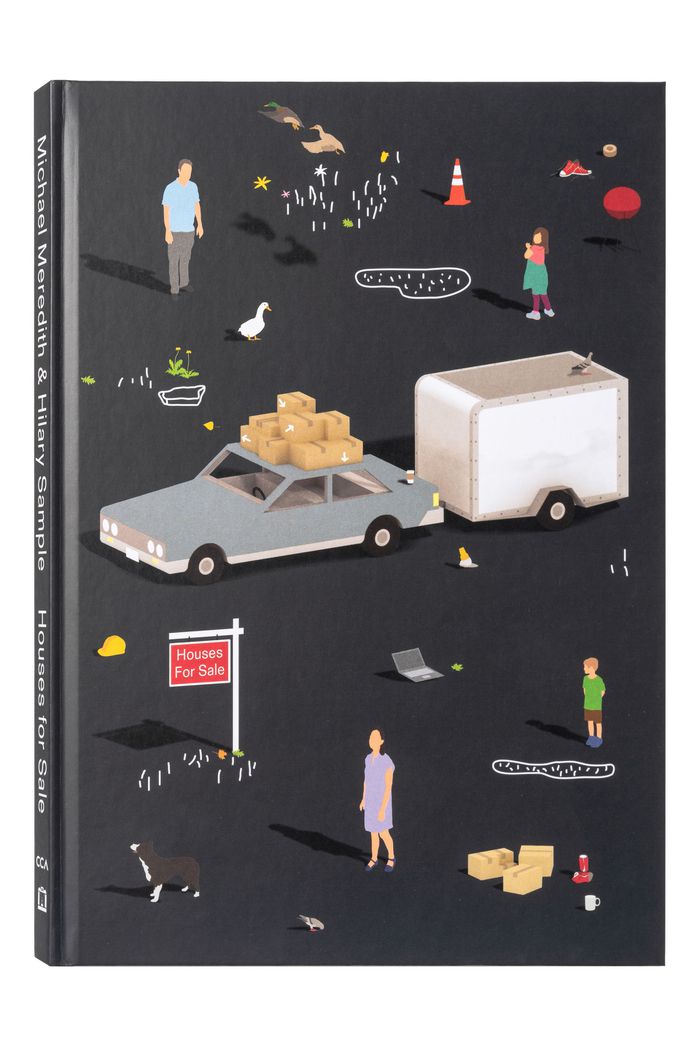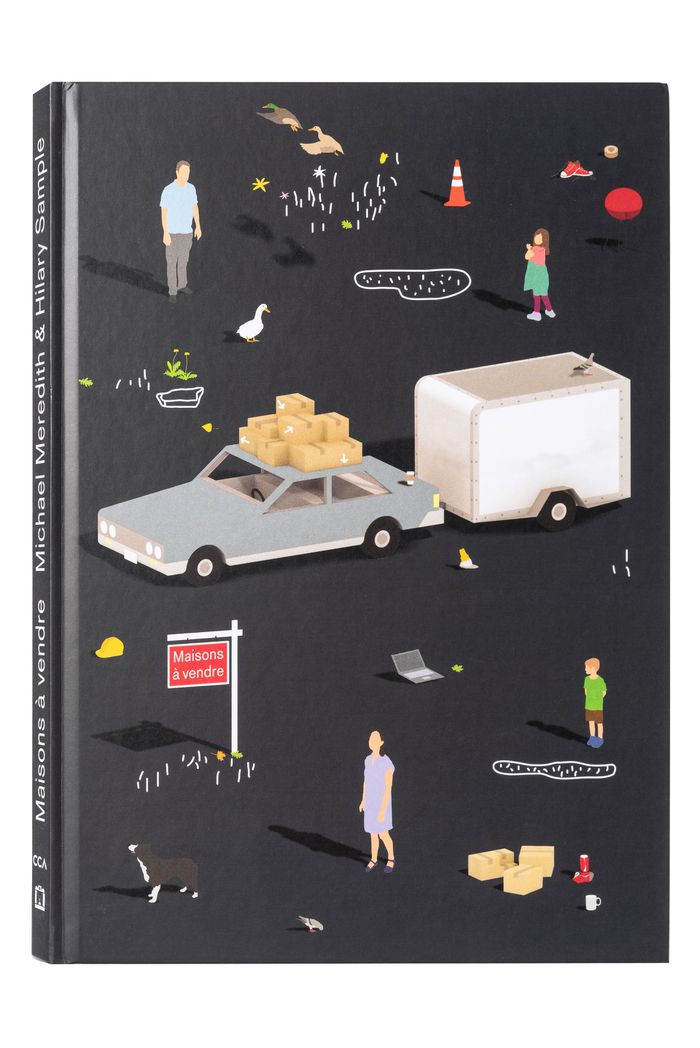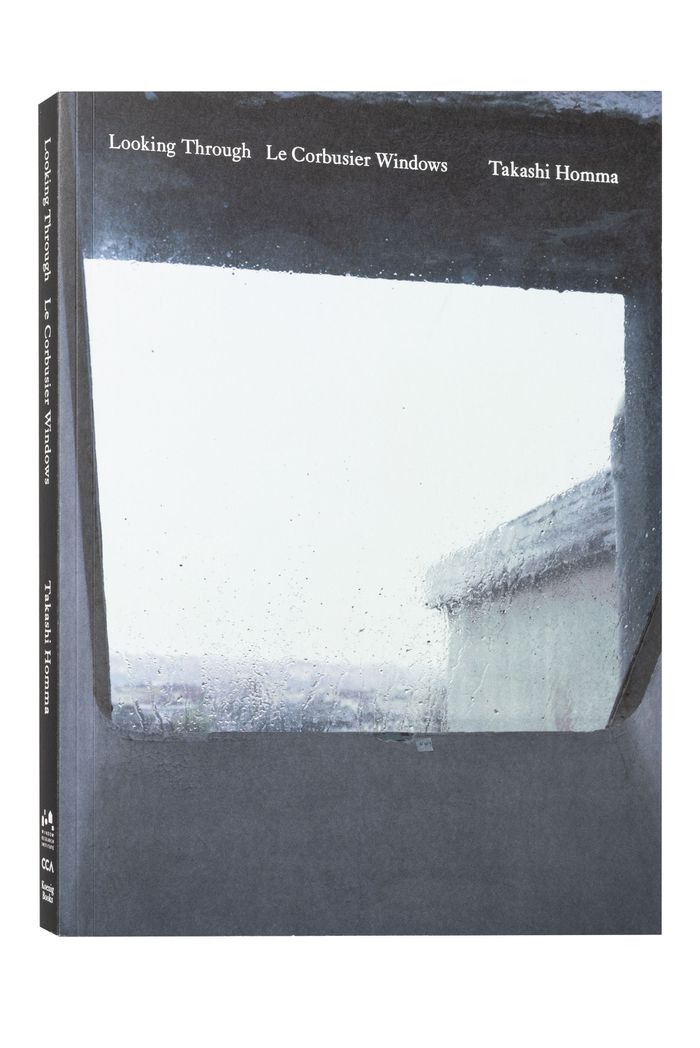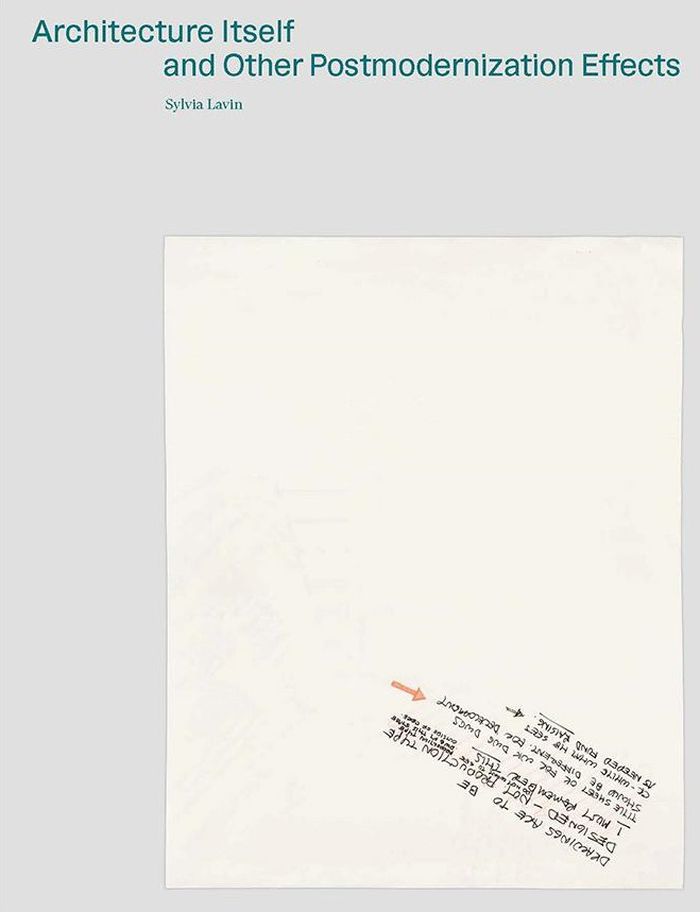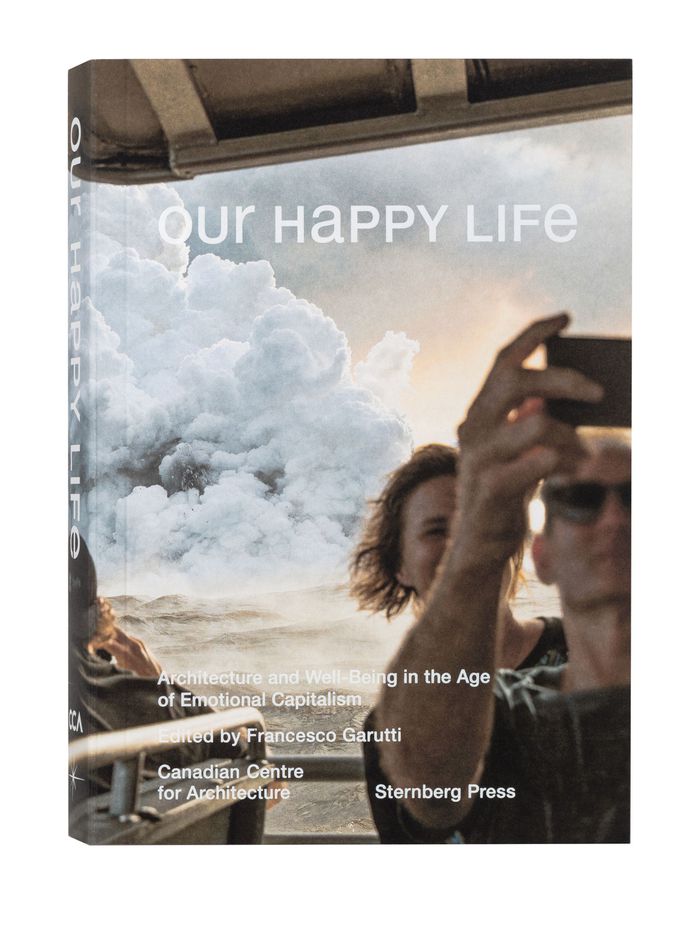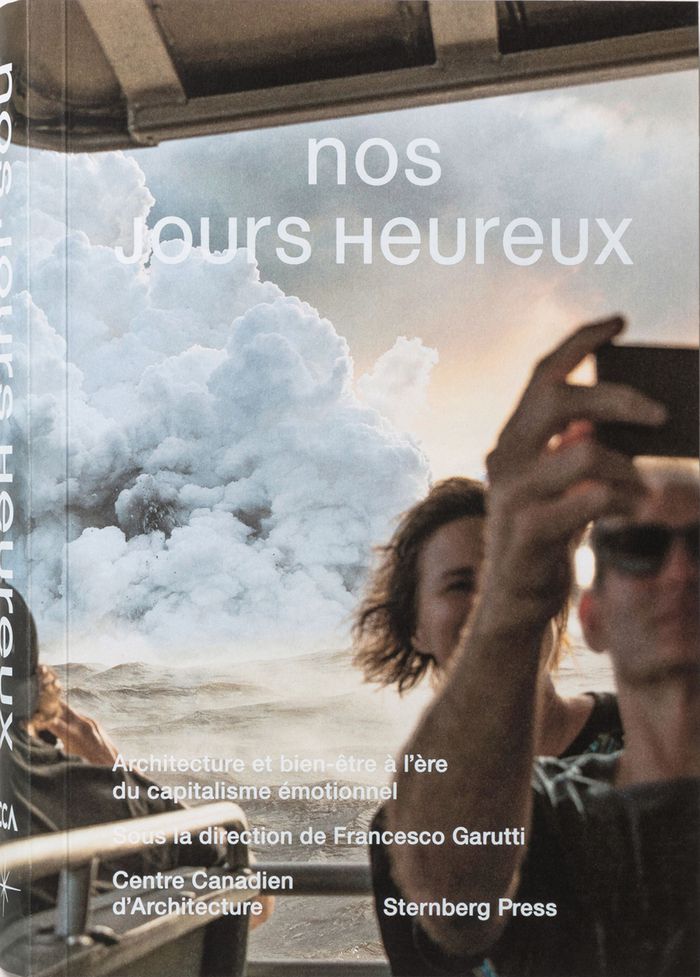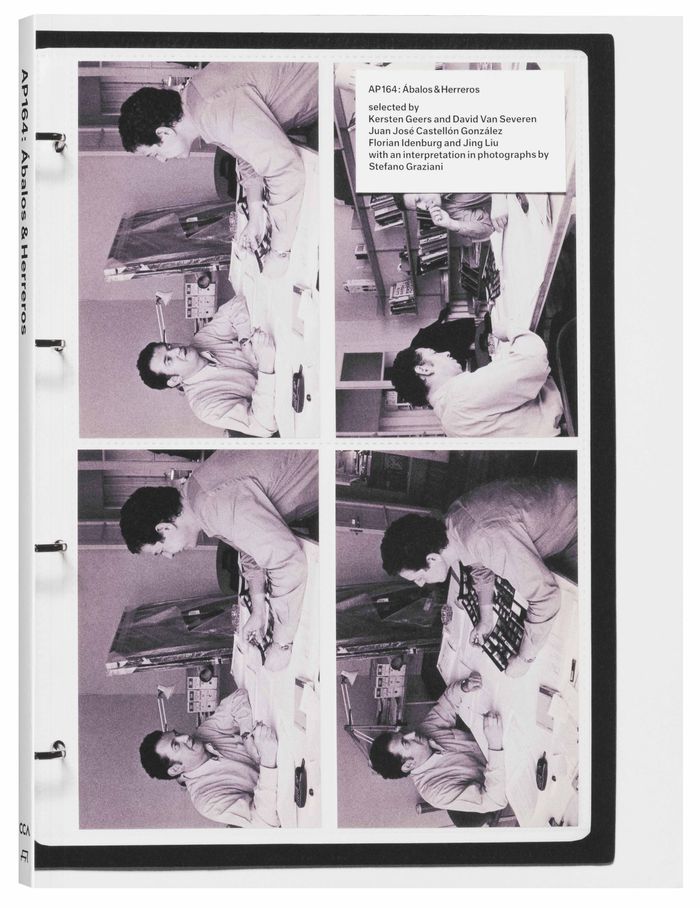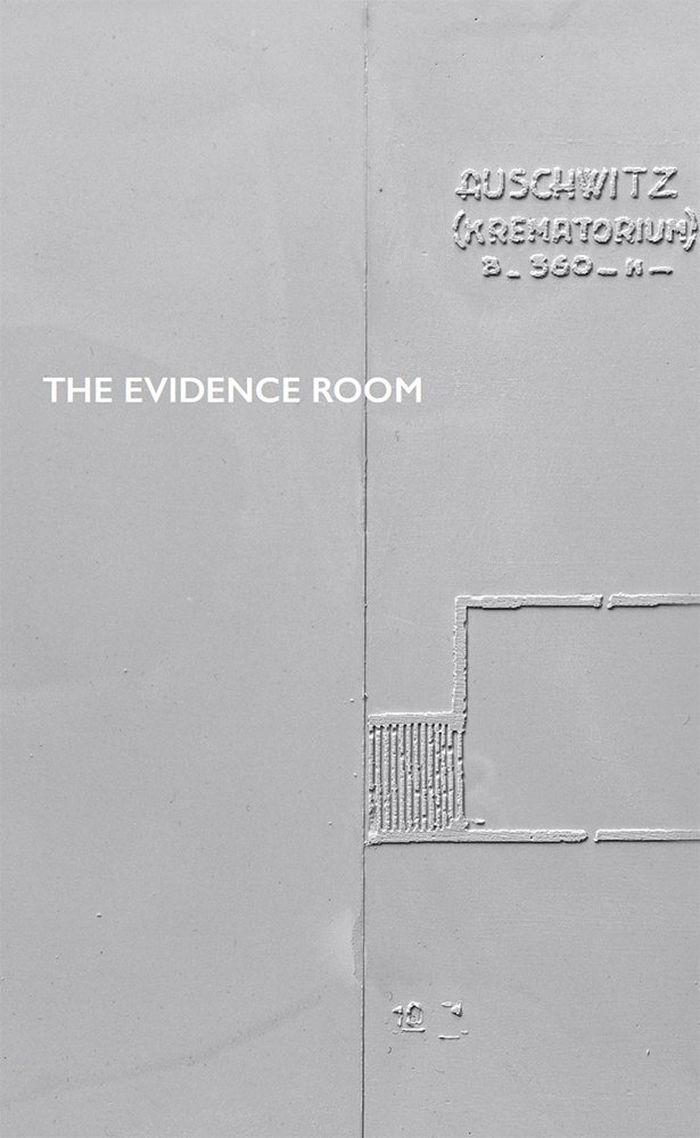books
$48.00
(available in store)
Summary:
Idealized representations of America, as both an aspiration and a menace, played an important role in shaping Russian architecture and urban design from the American Revolution until the fall of the Soviet Union. In Building a new New World, Jean-Louis Cohen traces the concept of “Amerikanizm” and its impact on Russia’s built environment from early czarist interest in(...)
Building a new New World: Amerikanizm in Russian Architecture
Actions:
Price:
$48.00
(available in store)
Summary:
Idealized representations of America, as both an aspiration and a menace, played an important role in shaping Russian architecture and urban design from the American Revolution until the fall of the Soviet Union. In Building a new New World, Jean-Louis Cohen traces the concept of “Amerikanizm” and its impact on Russia’s built environment from early czarist interest in Revolutionary America, through the spectacular World’s Fairs of the nineteenth century, to department stores, skyscrapers, and factories built in Russia using American methods during the twentieth century. Visions of America also captivated the Russian avant-garde, from El Lissitzky to Moisei Ginzburg, and Cohen explores the ongoing artistic dialogue maintained between the two countries at the mid-century and in the late Soviet era, when the Cold War induced a strategic competition. Tracing the many journeys of Russian writers, politicians, and planners through the American territory, foregrounding the constant streams of cultural and technological transfer from the U.S.A. to Russia, and revealing the parallel fascination among Russian and American intellectuals with the ongoing pursuit of land occupation and development within their respective borders, this study of Amerikanizm in the architecture and urban design of Russia makes a timely contribution to our understanding of modern architecture and its broader geopolitics.
books
December 2019
CCA Publications
books
$48.00
(available in store)
Summary:
Les représentations idéales de l’Amérique, à la fois comme horizon prometteur et comme menace, ont joué un rôle déterminant dans la formation de l’architecture et de l’urbanisme russes de la Révolution américaine à la dissolution de l’Union soviétique. Jean-Louis Cohen retrace l’origine du concept d’"amerikanizm" et son impact sur l’environnement bâti de la Russie de(...)
Construire un nouveau Nouveau Monde : L’amerikanizm dans l’architecture russe
Actions:
Price:
$48.00
(available in store)
Summary:
Les représentations idéales de l’Amérique, à la fois comme horizon prometteur et comme menace, ont joué un rôle déterminant dans la formation de l’architecture et de l’urbanisme russes de la Révolution américaine à la dissolution de l’Union soviétique. Jean-Louis Cohen retrace l’origine du concept d’"amerikanizm" et son impact sur l’environnement bâti de la Russie de l’intérêt précoce de l’intelligentsia pour l’Amérique révolutionnaire et la découverte des expositions universelles du XIXe siècle jusqu’aux grands magasins, aux gratte-ciel et aux usines construits en Russie selon les méthodes américaines au cours du XXe siècle. Les images de l’Amérique ont également captivé l’avant-garde russe, d’El Lissitzky à Moïsseï Guinzbourg, et Cohen explore la relation spéculaire entretenue entre les deux pays au milieu du siècle dernier et à la fin de l’ère soviétique, dans une concurrence stratégique aiguisée par la Guerre Froide. Dans cette première grande étude de l’américanisme dans l’architecture russe, la trame tissée par Jean-Louis Cohen entrecroise les trajectoires d’écrivains, d’hommes politiques et d’urbanistes russes à travers le sol américain, met en avant le flux constant de transferts culturels et technologiques des États-Unis vers la Russie, et révèle la fascination parallèle des intellectuels russes et américains face à la poursuite inexorable de l’occupation et l’exploitation du territoire au sein de leurs frontières respectives. Construire un nouveau Nouveau Monde : L’amerikanizm dans l’architecture russe apporte une contribution opportune à notre compréhension de la géopolitique des édifices et des formes urbaines.
books
December 2019
CCA Publications
Houses for sale
$42.00
(available in store)
Summary:
There are all kinds of houses—big houses, little houses, strange houses, old houses… But how do you decide which one is just right for you… In 'Houses for Sale' a family travels through architectural history searching for their perfect home. When nothing fits, they decide to build one together. But there is always more, to add, to change, until finally, they realize(...)
Houses for sale
Actions:
Price:
$42.00
(available in store)
Summary:
There are all kinds of houses—big houses, little houses, strange houses, old houses… But how do you decide which one is just right for you… In 'Houses for Sale' a family travels through architectural history searching for their perfect home. When nothing fits, they decide to build one together. But there is always more, to add, to change, until finally, they realize there is no such thing as the perfect home — it is the search that they truly enjoy. They end where they began, imagining what’s next. 'Houses for Sale' was written and illustrated by Michael Meredith and Hilary Sample of MOS. The book is both a children’s glossary of architectural form and the true story of lifelong curiosity.
CCA Publications
Maisons à vendre
$42.00
(available in store)
Summary:
Il existe toutes sortes de maisons : des grandes, des petites, des bizarres, des vieilles… Mais comment décider laquelle est idéale pour vous? Dans « Maisons à vendre », une famille voyage à travers l’histoire de l’architecture en quête de la maison parfaite. Ne trouvant pas la perle rare, ses membres décident d’en construire une ensemble. Mais il y a toujours plus, à(...)
Maisons à vendre
Actions:
Price:
$42.00
(available in store)
Summary:
Il existe toutes sortes de maisons : des grandes, des petites, des bizarres, des vieilles… Mais comment décider laquelle est idéale pour vous? Dans « Maisons à vendre », une famille voyage à travers l’histoire de l’architecture en quête de la maison parfaite. Ne trouvant pas la perle rare, ses membres décident d’en construire une ensemble. Mais il y a toujours plus, à ajouter, à modifier, jusqu’à ce que finalement, ils se rendent compte que la maison idéale n’existe pas; c’est la recherche qu’ils ont en fait aimé. Ils terminent où ils ont commencé, imaginant la suite. « Maison à vendre » a été écrit et illustré par Michael Meredith et Hilary Sample, de MOS. Le livre est à la fois un glossaire de la forme architecturale pour enfants et la véritable histoire d’une curiosité perpétuelle.
CCA Publications
$50.00
(available to order)
Summary:
Takashi Homma first encountered the work of Le Corbusier and Pierre Jeanneret in Chandigarh in 2013, while producing photographs commissioned by the CCA, some of which are included in this book. Following that experience, he decided to research and photograph the spatial and perceptual richness of windows in other works by Le Corbusier across the world. His research is(...)
Looking Through Le Corbusier Windows by Takashi Homma
Actions:
Price:
$50.00
(available to order)
Summary:
Takashi Homma first encountered the work of Le Corbusier and Pierre Jeanneret in Chandigarh in 2013, while producing photographs commissioned by the CCA, some of which are included in this book. Following that experience, he decided to research and photograph the spatial and perceptual richness of windows in other works by Le Corbusier across the world. His research is part of the Windowology program initiated by the Window Research Institute, which aims to define the position of windows in the history of architecture across cultures—in this particular case, their role as spaces, rather than surfaces, that connect the interior of a building and the surrounding landscape, or the private and the public. An essay by Tim Benton complements Homma’s photographs by tracing the evolution of the concept of windows in Le Corbusier’s work.
CCA Publications
$48.00
(available in store)
Summary:
Before architectural postmodernism was named as such, the process of postmodernizing architecture had already begun implicating architectural work in the increasingly information-driven logic of the late twentieth century. Though radical, the effects of this process have long been excluded from the predominant histories of postmodernism, which continue to rely on notions(...)
Architecture itself and other postmodernization effects
Actions:
Price:
$48.00
(available in store)
Summary:
Before architectural postmodernism was named as such, the process of postmodernizing architecture had already begun implicating architectural work in the increasingly information-driven logic of the late twentieth century. Though radical, the effects of this process have long been excluded from the predominant histories of postmodernism, which continue to rely on notions of individual and creative genius, architectural autonomy, and stylistic genealogies. Architecture Itself and Other Postmodernization Effects places material devices, such as Pantone chips, research grant applications, questionnaires, Xerography, and travel photography, at the forefront of a counter-narrative that recasts these informatic procedures as fundamentally architectural and as the primary of catalysts of the loose agglomeration of styles that was once called postmodernism.
CCA Publications
$50.00
(available to order)
Summary:
How do we design our cities when our most intimate experiences are incessantly tracked and our feelings become the base of new modes of production that prioritize the immaterial over the material? Since the 2008 financial crisis, lists of well-being indicators, happiness indexes, and quality-of-life rankings have become viral. Concurrently, the emotional data presented in(...)
Our happy life: architecture and well-being in the age of emotional capitalism
Actions:
Price:
$50.00
(available to order)
Summary:
How do we design our cities when our most intimate experiences are incessantly tracked and our feelings become the base of new modes of production that prioritize the immaterial over the material? Since the 2008 financial crisis, lists of well-being indicators, happiness indexes, and quality-of-life rankings have become viral. Concurrently, the emotional data presented in these surveys- including perceptions on questions such as loneliness, friendship and intimate fears- feed an expanding political agenda of happiness and a new form of market whose most decisive asset is "affect." 'Our Happy Life' investigates the architectural implications of this trend by dissecting and questioning the political, economic, and emotional conditions that generate space today. Organized as a visual narrative with critical readings by Will Davies, Daniel Fujiwara, Simon Fujiwara, Ingo Niermann, Deane Simpson, and Mirko Zardini, this book reveals architecture, city, and landscape as contested surfaces, caught between the intagible guidelines of happiness indexes, the new marketplace of emotions, and the relentless ideology of positivity.
CCA Publications
$50.00
(available to order)
Summary:
Comment concevoir la ville lorsque nos expériences les plus intimes sont constamment traquées et nos sentiments utilisés comme base à de nouveaux modes de production favorisant l’immatériel au détriment du matériel ? Depuis la crise financière de 2008, les listes d’indicateurs du bien-être et d’indices du bonheur, ainsi que les classements fondés sur la qualité de vie,(...)
Nos jours heureux : architecture et bien-être à l'ère du capitalisme émotionnel
Actions:
Price:
$50.00
(available to order)
Summary:
Comment concevoir la ville lorsque nos expériences les plus intimes sont constamment traquées et nos sentiments utilisés comme base à de nouveaux modes de production favorisant l’immatériel au détriment du matériel ? Depuis la crise financière de 2008, les listes d’indicateurs du bien-être et d’indices du bonheur, ainsi que les classements fondés sur la qualité de vie, circulent de manière virale. Parallèlement, les données émotionnelles présentées dans ces enquêtes, y compris les perceptions relatives aux notions de solitude, d’amitié et de peurs intimes, alimentent un agenda politique du bonheur en croissance et une nouvelle forme de marché dont l’atout le plus déterminant est l’« affect ». Nos jours heureux examine les implications architecturales de cette tendance en disséquant et en questionnant les conditions politiques, économiques et émotionnelles qui génèrent l’espace aujourd’hui. Structuré comme une narration visuelle – assortie de lectures critiques de William Davies, Daniel Fujiwara, Simon Fujiwara, Ingo Niermann, Deane Simpson et Mirko Zardini –, cet ouvrage présente l’architecture, la ville et le paysage comme des surfaces contestées, prises entre les lignes directrices intangibles des indices de bonheur, le nouveau marché des émotions et l’idéologie implacable de la positivité.
CCA Publications
$45.00
(available in store)
Summary:
Iñaki Ábalos and Juan Herreros established the renowned architectural firm Ábalos & Herreros in Madrid in 1984. At the time, following the end of the Franco regime, architects were valued more for their technical ability than for their contributions to theoretical research. In this context, Ábalos and Herreros’s melding of design with a range of publications and(...)
AP164: Ábalos & Herreros. Selected by OFFICE, Juan José Castellon and SO-IL
Actions:
Price:
$45.00
(available in store)
Summary:
Iñaki Ábalos and Juan Herreros established the renowned architectural firm Ábalos & Herreros in Madrid in 1984. At the time, following the end of the Franco regime, architects were valued more for their technical ability than for their contributions to theoretical research. In this context, Ábalos and Herreros’s melding of design with a range of publications and curatorial projects presented a remarkable challenge to assumptions about the role of an architect. In 2012, the Canadian Centre for Architecture obtained the Ábalos & Herreros archive, which contains documents related to more than 160 projects. The material comprises sketches, slides, models, collages, and drawings. The archive presents a compelling opportunity to reconstruct Ábalos and Herreros’s planning and design process. Each of the book’s three contributors—two of whom worked with Ábalos and Herreros—approaches the archive with specific questions, and their essays explore topics including the architects’ fascination with industrial architecture, their capacity to construct a hybrid materiality without recourse to building technology as language, and their innovative visions for landscape architecture.
CCA Publications
The evidence room
$40.95
(available in store)
Summary:
Internationally renowned and award-winning historian Dr. Robert Jan van Pelt's 'The Evidence Room' is a chilling exploration of the role architecture played in constructing Auschwitz-arguably the Nazis' most horrifying facility. 'The Evidence Room' is both a companion piece to, and an elaboration of, the upcoming exhibit at the 2016 Venice Architecture Biennale and at the(...)
June 2016
The evidence room
Actions:
Price:
$40.95
(available in store)
Summary:
Internationally renowned and award-winning historian Dr. Robert Jan van Pelt's 'The Evidence Room' is a chilling exploration of the role architecture played in constructing Auschwitz-arguably the Nazis' most horrifying facility. 'The Evidence Room' is both a companion piece to, and an elaboration of, the upcoming exhibit at the 2016 Venice Architecture Biennale and at the Canadian Center for Architecture, based on van Pelt's authoritative testimony against Holocaust denial in a 2000 libel suit argued before the Royal Courts of Justice in London.
